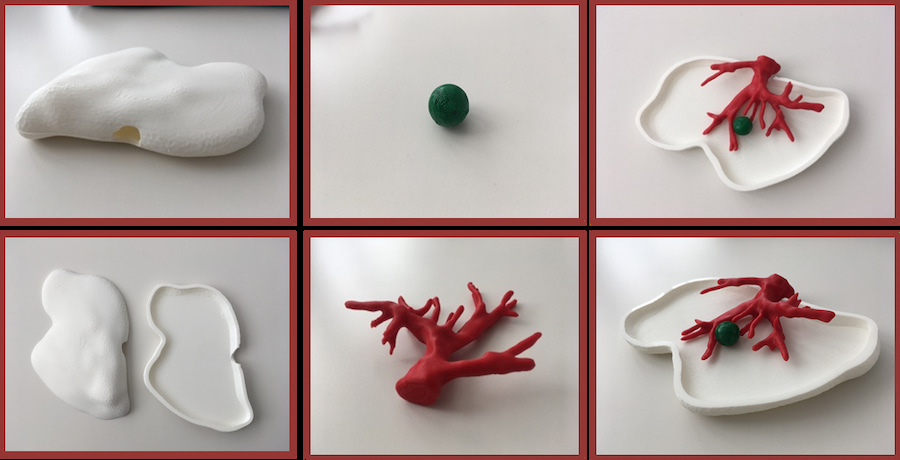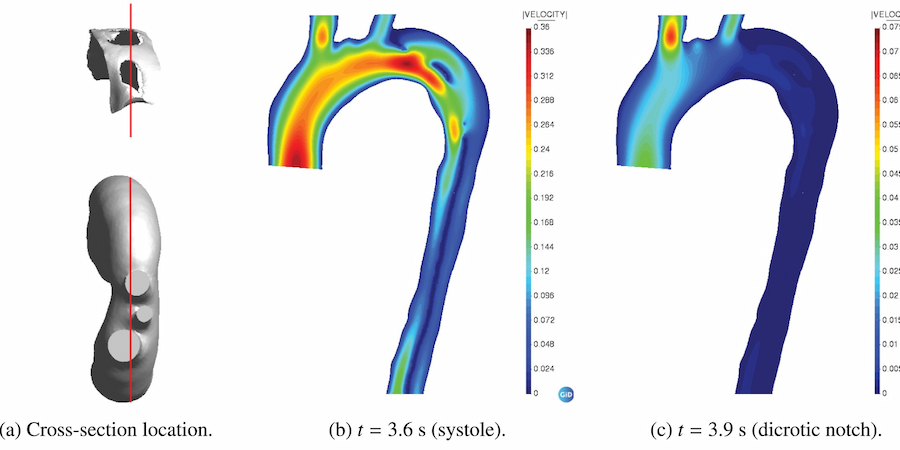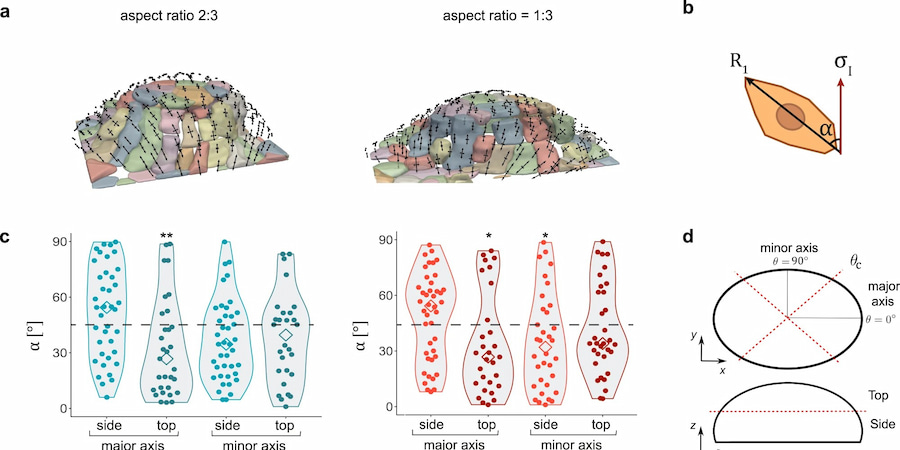Research Cluster
Computational Mechanics in Medical Engineering and Living Matter
Contact point
Eduardo Soudah
Academic Leaders
Marino Arroyo, Eduardo Soudah, Jose J. Muñoz, Miquel Aguirre
External Advisors
Estefanía Peña, Francsico Chinesta
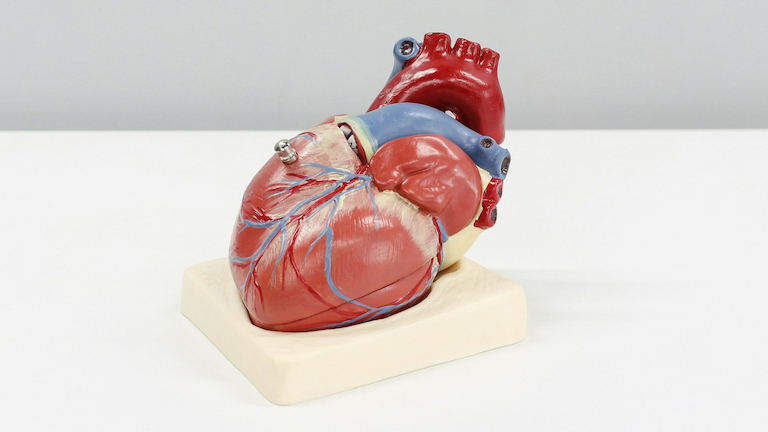
Research groups
- Soft and Living Material Interfaces
Marino Arroyo Balaguer - Computational Biomedical Engineering
Eduardo Soudah Prieto
Overview
Staff
Projects
This research cluster develops computational methods to model biological structures, focusing on tissue mechanics, pathology treatments, biomaterials analysis, and medical device optimization, while integrating structural and biochemical networks to understand complex biological systems and create bioengineered solutions.
The Computational Mechanics in Medical Engineering and Living Matter Research Cluster at CIMNE develops advanced computational methods to model, predict, and analyse the mechanical behaviour of biological structures across multiple scales. The cluster’s interdisciplinary approach combines engineering principles with biological insights to understand biological system evolution, simulate pathology treatments, and optimize medical device design.
The cluster focuses on four primary research areas: 1) biomechanical modelling of tissues and organs, 2) pathology research and therapeutic development, 3) analysis of biological and biomaterials for medical engineering applications, and 4) design optimization of safer, more efficient medical devices. Researchers create sophisticated theoretical and computational models to study biological interfaces, including mechanobiology, cellular structures, and tissue dynamics.
Building on established frameworks for modelling structural modules of cells and tissues—such as actin and intermediate cytoskeletons, cell-cell and cell-matrix adhesions, ionic transport, and volume regulation—the cluster aims to integrate these modules by modelling the biochemical networks that regulate cell and tissue mechanobiology. This integration enables the study of autonomous organization and function of biological systems across different scales, with specific applications in understanding cancer invasion mechanisms.
The cluster’s work extends beyond health applications into synthetic biology, where engineered signalling networks can direct cell and tissue self-organization. Through continued development of their open high-performance computing library “hiperlife,” the cluster strives to establish itself as a reference in computational mechanobiology while contributing to innovations in bionic self-built, self-repairing, and multifunctional material
Ongoing projects
Finished projects
Related news
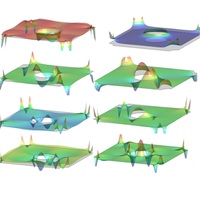
CIMNE’s biomedical group proposes a special type of Finite Element technology in new article
Researchers from the Bio-medical Engineering Research Group at the International Centre for Numerical Methods in Engineering (CIMNE) have proposed a special type of Finite Element (FE) technology in a new paper entitled Empirical Interscale Finite Element Method...

Marino Arroyo, Irene Arias, Xavier Oliver and Eugenio Oñate awarded at WWCM in Computational Mechanics & ECCOMAS Congress
The 14th World Congress in Computational Mechanics & ECCOMAS Congress took from January 11th to 15th, 2021. The Opening Session was introduced by the presidents of both scientific societies organizers of the event, Prof. Antonio Huerta (IACM) and Michał Kleiber...






